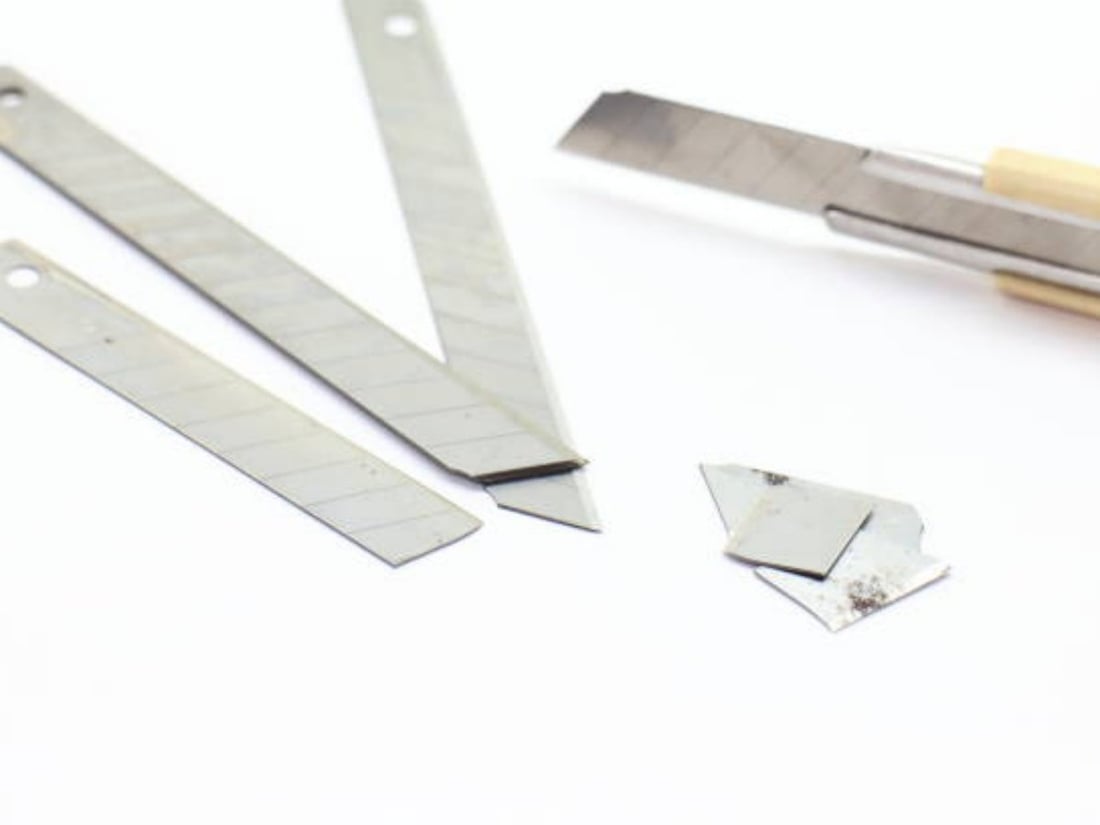Choosing the Right Jigsaw Blade for Plastic
When it comes to cutting plastic, using the right tools is essential. One of the most effective tools for cutting plastic is a jigsaw. However, not all jigsaw blades are created equal. In this article, we will discuss the different aspects you need to consider when choosing a jigsaw blade for plastic. Whether you are a professional or a DIY enthusiast, this guide will help you make an informed decision.
The Importance of the Right Blade
Using the right jigsaw blade for plastic is crucial for achieving clean, precise cuts. Plastic is a delicate material that requires a blade specifically designed to handle it. Using the wrong blade can result in melting, chipping, or rough edges. Therefore, investing in a high-quality jigsaw blade specifically designed for plastic is essential.
Types of Jigsaw Blades for Plastic
When it comes to jigsaw blades for plastic, there are several options available. Let's take a closer look at each type:
High-Speed Steel (HSS) Blades
HSS blades are a popular choice for cutting plastic due to their versatility and durability. These blades are made from high-speed steel, which allows them to cut through plastic with ease. HSS blades are suitable for both straight cuts and curved cuts, making them a versatile option for various plastic cutting projects.
Tungsten Carbide Blades
Tungsten carbide blades are known for their exceptional hardness and long lifespan. These blades are designed for cutting through hard plastics, such as acrylic or polycarbonate. Tungsten carbide blades are highly resistant to wear, making them an excellent choice for demanding plastic cutting tasks.
Bi-Metal Blades
Bi-metal blades are a combination of high-speed steel teeth and a flexible spring steel back. These blades are designed for cutting a wide range of materials, including plastic. Bi-metal blades offer excellent cutting performance and durability, making them a reliable choice for cutting plastic.
Factors to Consider When Choosing a Jigsaw Blade for Plastic
When selecting a jigsaw blade for plastic, there are several factors you should consider:
Teeth Per Inch (TPI)
The number of teeth per inch (TPI) determines the cutting speed and the finish of your cuts. For cutting plastic, blades with a lower TPI are recommended. A lower TPI blade will provide a smoother cut, reducing the risk of melting or chipping the plastic.
Tooth Configuration
The tooth configuration of a jigsaw blade for plastic also plays a significant role in achieving clean cuts. Blades with downward-facing teeth are ideal for plastic cutting, as they prevent the material from chipping or splintering. Additionally, blades with a ground tooth profile are recommended for cutting plastic.
Blade Thickness
The thickness of the jigsaw blade is another important consideration. Thicker blades are more suitable for cutting thicker plastic materials, while thinner blades are better for intricate cuts or thinner plastics. Consider the thickness of the plastic you will be cutting to determine the appropriate blade thickness.
Blade Material
The material of the blade itself is crucial for cutting plastic effectively. As mentioned earlier, HSS, tungsten carbide, and bi-metal blades are all suitable options for cutting plastic. Choose a blade material that matches the type of plastic you will be working with and the specific requirements of your project.
Proper Techniques for Cutting Plastic with a Jigsaw Blade
Now that you have chosen the right jigsaw blade for plastic, it's essential to know the proper techniques for cutting plastic effectively:
Secure the Plastic
Before cutting, ensure that the plastic material is securely fastened to prevent any movement or vibration. This will help you achieve cleaner and more precise cuts.
Start with a Pilot Hole
For more accurate cuts, start by drilling a pilot hole in the plastic material. This will provide a starting point for the jigsaw blade and reduce the risk of the plastic cracking or splintering.
Use a Slow and Steady Pace
When cutting plastic with a jigsaw, it's important to maintain a slow and steady pace. Rushing through the cut can result in rough edges or melting. Let the blade do the work and guide the jigsaw along the cutting line.
Support the Material
Support the plastic material on both sides of the cut to prevent it from sagging or vibrating. This will help you achieve cleaner and more accurate cuts.
Conclusion
Choosing the right jigsaw blade for plastic is crucial for achieving clean and precise cuts. Consider factors such as blade type, teeth per inch, tooth configuration, blade thickness, and blade material when making your selection. Remember to follow proper cutting techniques to ensure the best results. With the right jigsaw blade and techniques, you'll be able to tackle any plastic cutting project with ease.


